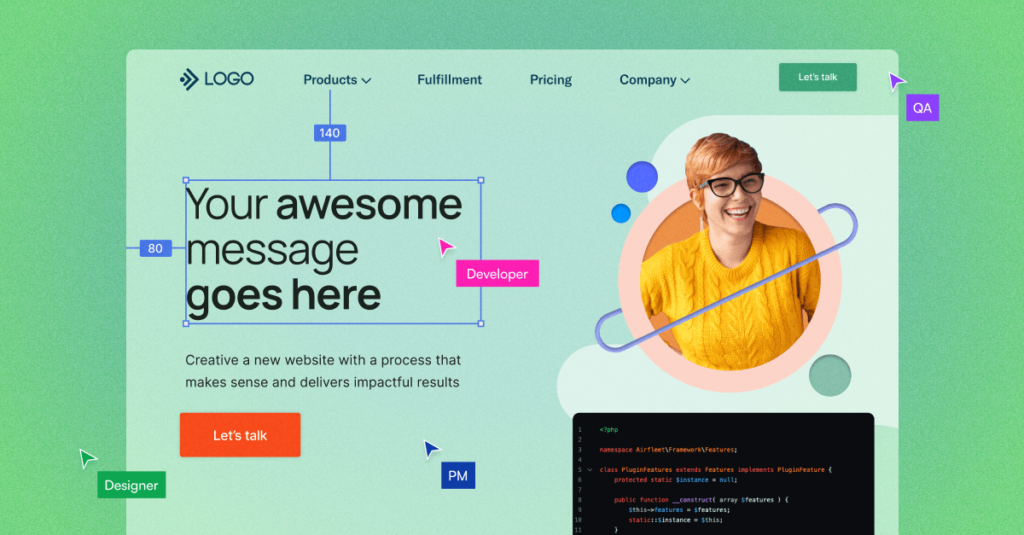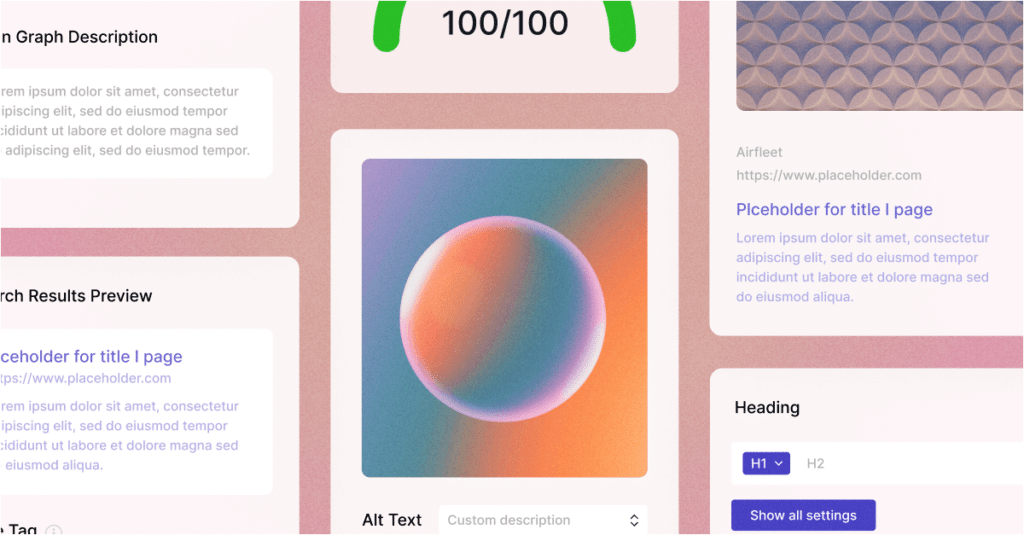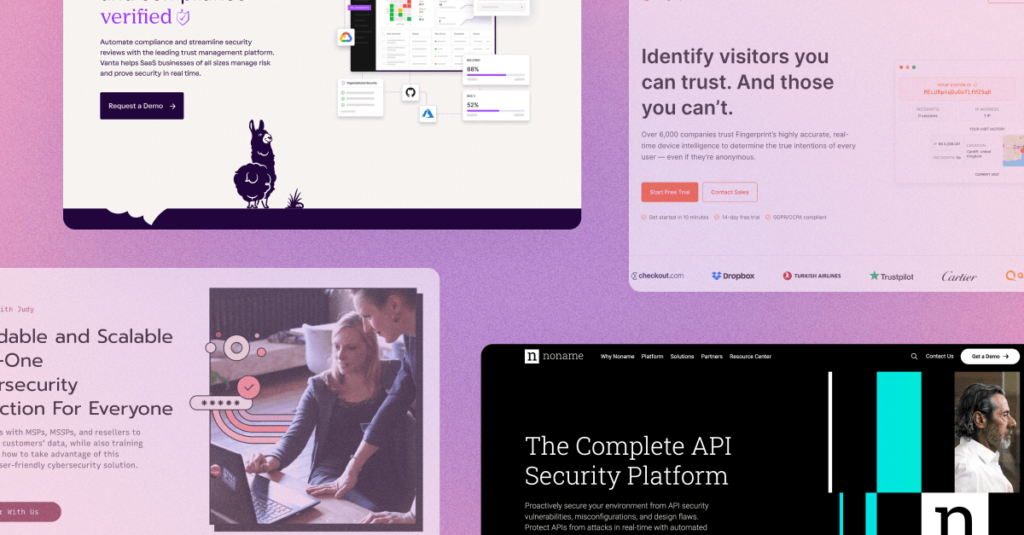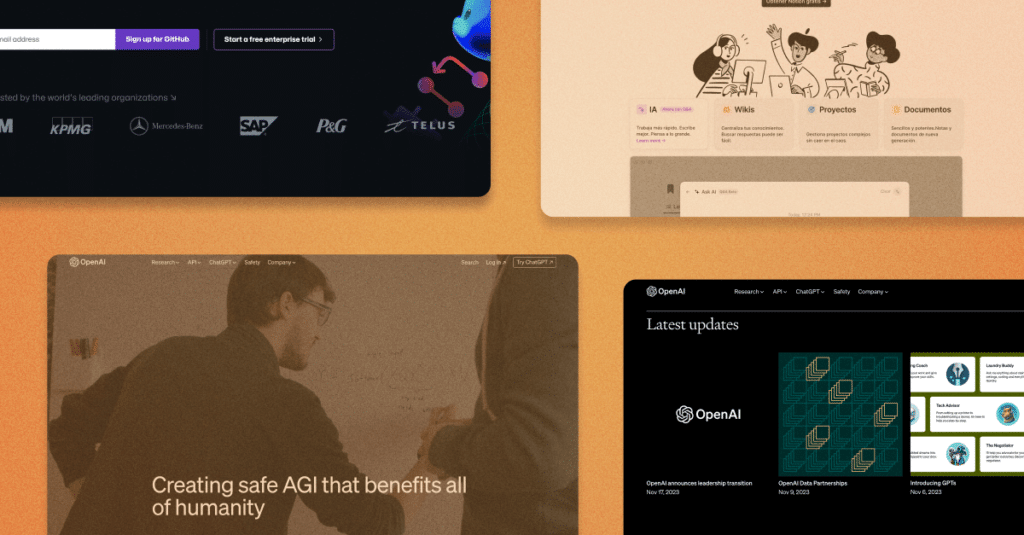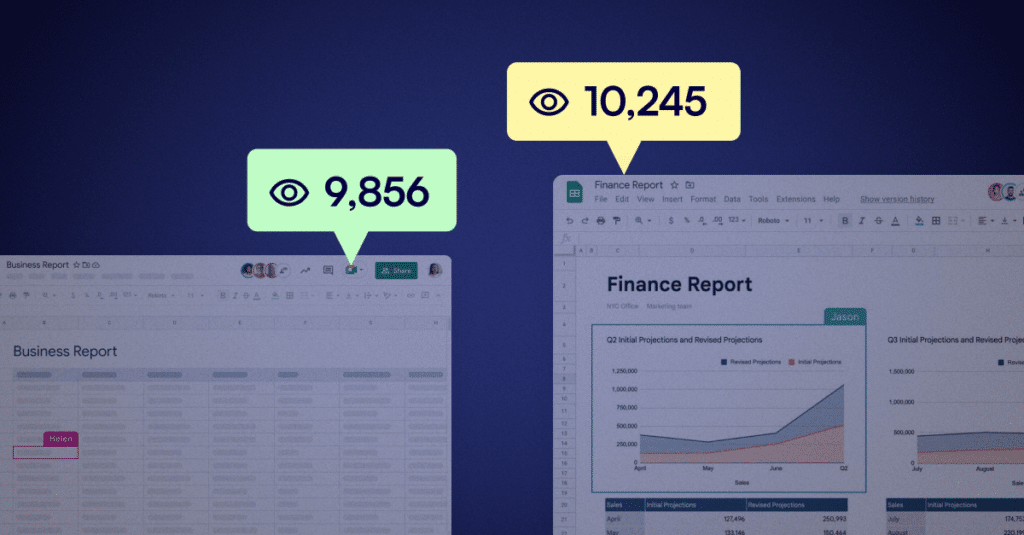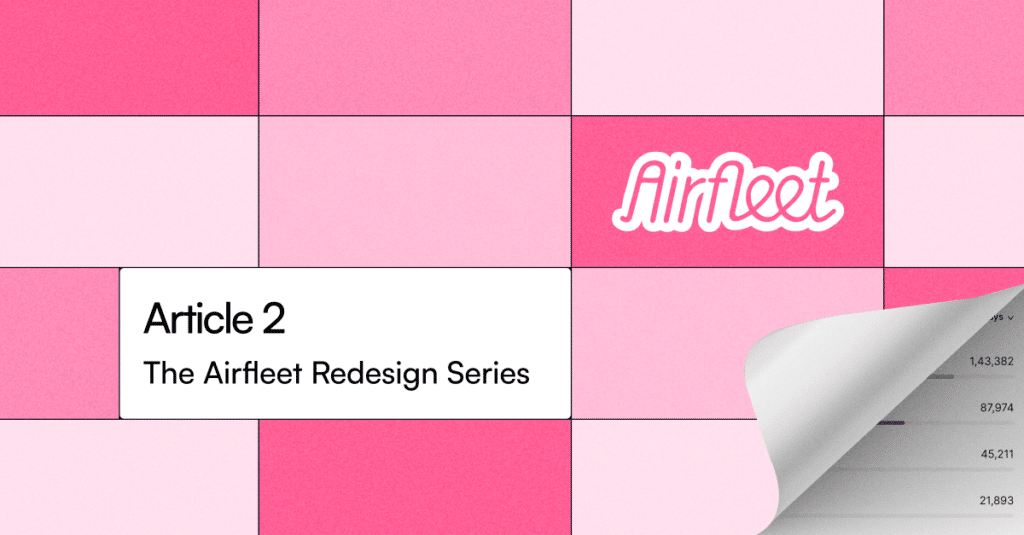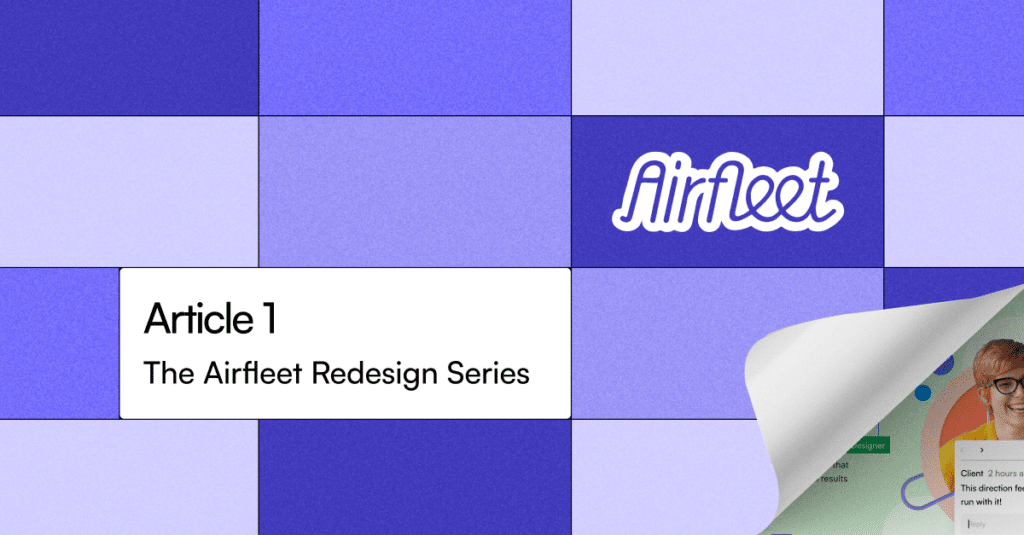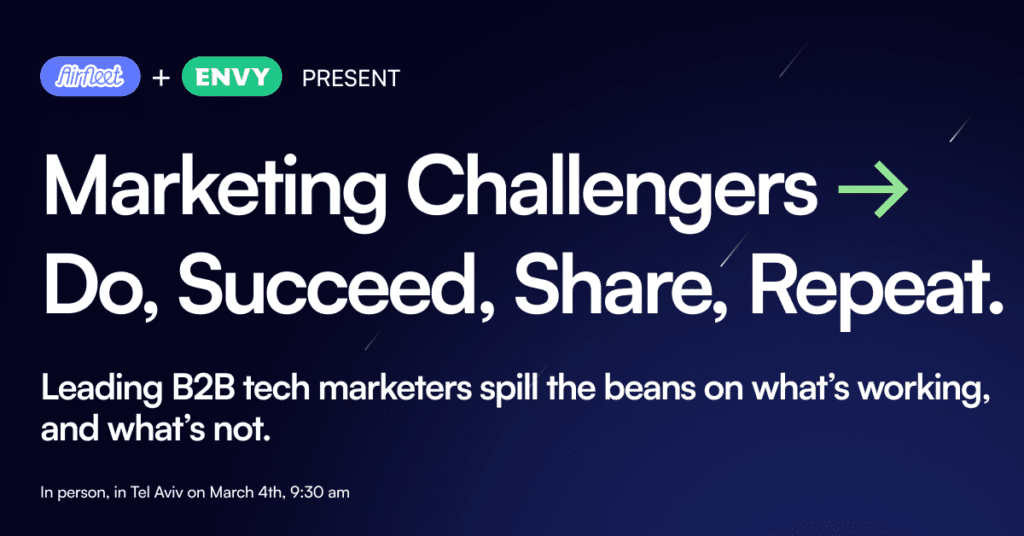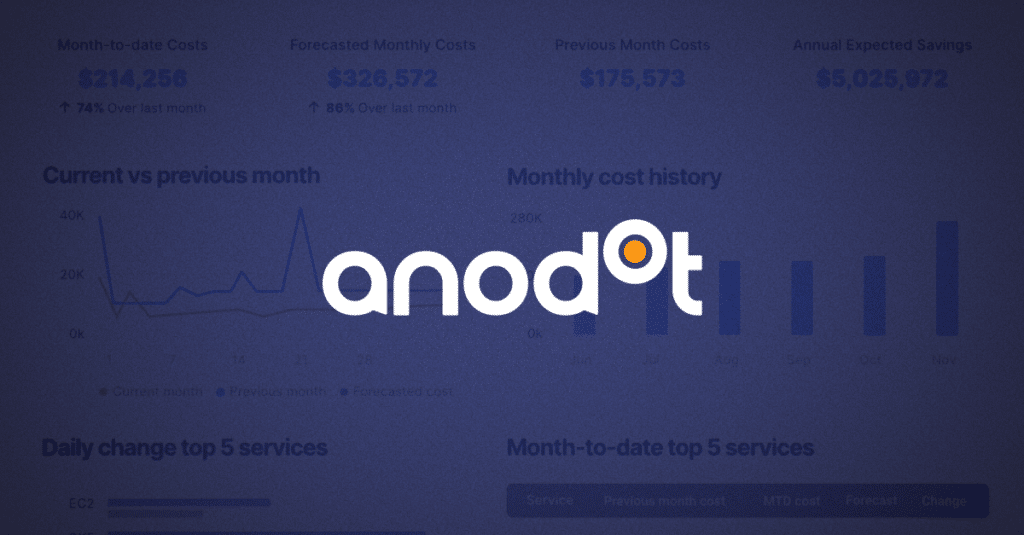Airfleet’s Website Redesign Project Kick-Off
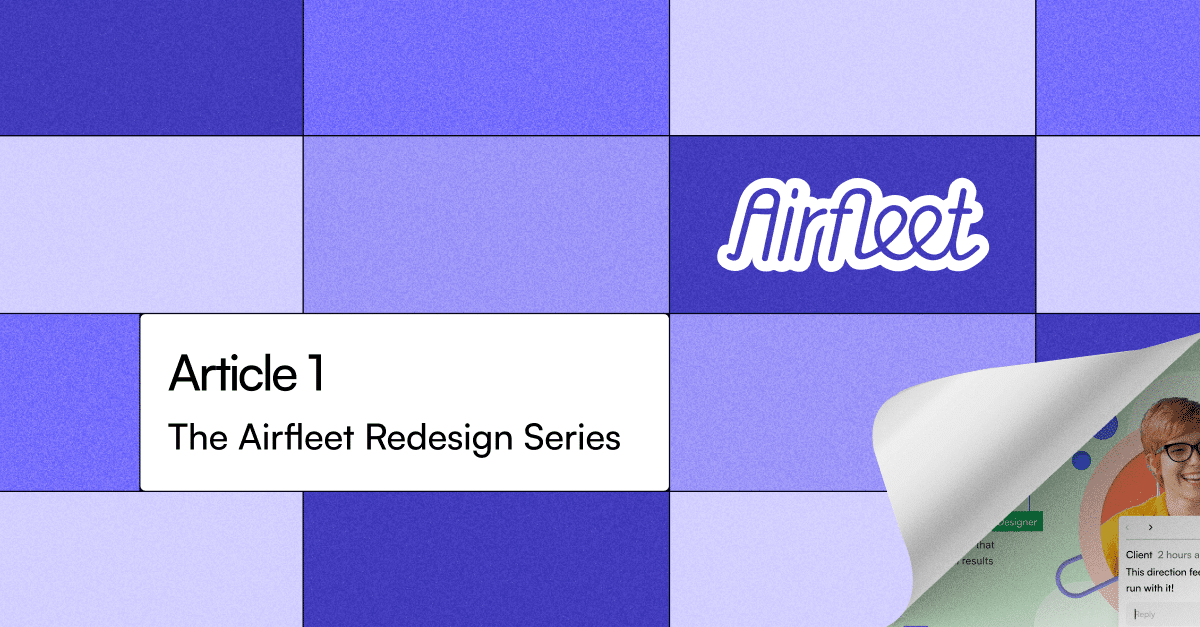
The Airfleet Website Redesign Series
Do you know the saying, “The cobbler’s children have no shoes”?
As someone who’s in the business of creating and optimizing websites, it’s nearly impossible to drag my attention away from our clients and redirect it toward our own website, Airfleet.co. Considering our last redesign was in early 2021 and we’ve had one false start since then, I hoped we could put off another major project.
However, after a dear friend, a perceptive client, and our art director, Dina, suggested changes that were brilliant – I finally agreed to a redesign.
After all, we were different people at the beginning of 2021. Our processes, services, and deliverables weren’t as precisely defined. Capital was relatively cheap and boards were still pushing B2B leaders to grow at all costs – making it easier to expand into new markets and attract clients.
Today is very different. According to research marketing is vital to survive a downturn, yet B2B SaaS leaders have been slashing marketing budgets. Clear communication, smart personalization, and strong buyer journey curation are everything in a website.
It’s time to follow our own advice and put best practices in place to delight our prospects and showcase happy customers. In other words, we’re going all in – and giving you a peek behind the curtain as we work.
This is also a way to hold us accountable, like when you set a New Year resolution and tell everyone around you for the added incentive to see it through. 😬
Our High-Level Website Project Plan
As we progress in our redesign, we’ll share more details about each step. For now, I’ll share the process we’ve developed for our clients and will use for our redesign:
Requirements Gathering – This is the easy part for us since we have updated messaging guidelines, clearly defined services, and a deep understanding of our ideal customer profile and buyer committee personas. We also understand our technical requirements, which is usually quite complicated for a redesign.
Information Architecture – This portion of our process goes well beyond designing a sitemap. During this phase we catalog content, analyze what is useful or important, think through how people will discover content, and come up with the words we’ll use consistently to identify menu items and other key navigation elements.
Wireframes – Wireframes help us test out the user-friendliness of our information architecture. We will get meaningful feedback on the intuitiveness of our menus and other navigation items – and whether our planned buyer journeys make sense. It also helps us define content guidelines we’ll need in our next phase, like how much text reasonably fits in a section.
Content Creation – This is where our new messaging guidelines, information priorities, and the content guidelines intersect.
Visual Concept – The visual identity will incorporate previous branding but integrate the design ideas of our art director, Dina. We also want the design to match our message and buyer journey goals.
Website Layout design – You’ve probably noticed that each of our process phases prepares us for the next phase. The website layout design is where we’ll combine our visual concept, wireframes, and content – then test our design for user-friendliness again.
Visual / Graphic design – Users form an opinion about a website in 0.05 seconds. That’s why we are careful to ensure that our graphics support our content rather than distract from it.
Implementation – Our development process which involves implementing the design in a system that allows us to constantly edit and scale the website – without the constantly bothering development for changes or tweaks to the design.
Content migration – This is the process of migrating all of our blog posts and other content not on the main navigation over to the new website. In this step we also ensure the redirect plan is solid and every page in our previous site will have a corresponding URL unless the content is outdated. These old, removed pages are also part of the redirect plan.
Go Live – The final sprint takes place when we point the domain at the new website and QA all of our links, check each page across multiple devices, and monitor tools for any potential issues.
At the time of writing this article, we’re only one month into the project and I’m already proposing more work. Fortunately our project manager keeps my tendency to build in scope creep to a minimum 😀 👍 Stay tuned for updates, visuals, and advice as we approach launch day.
